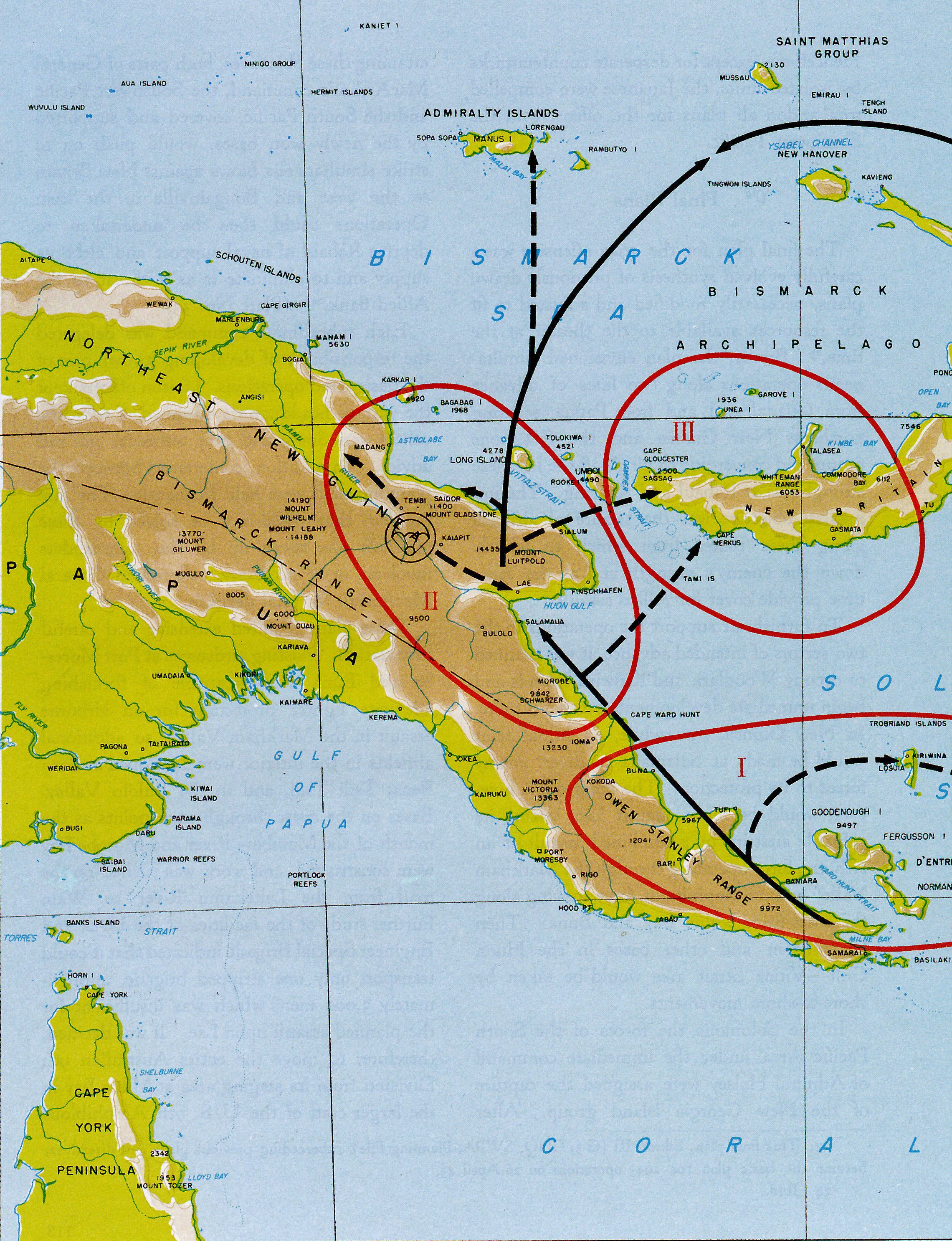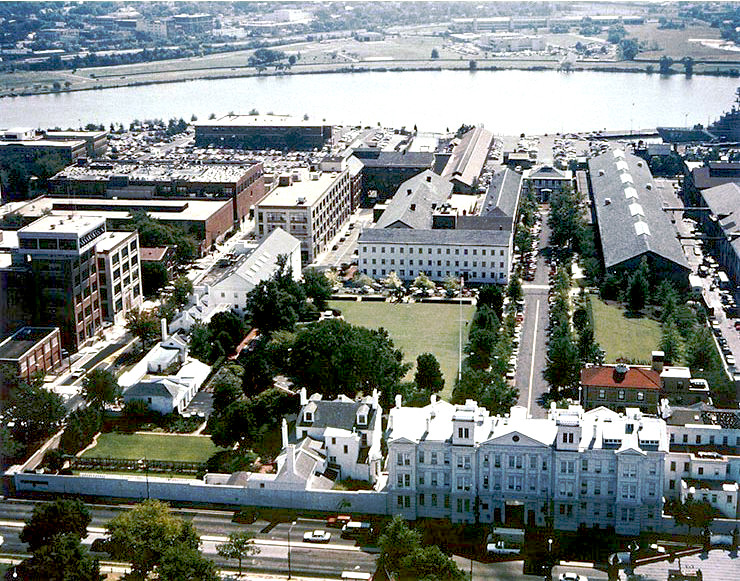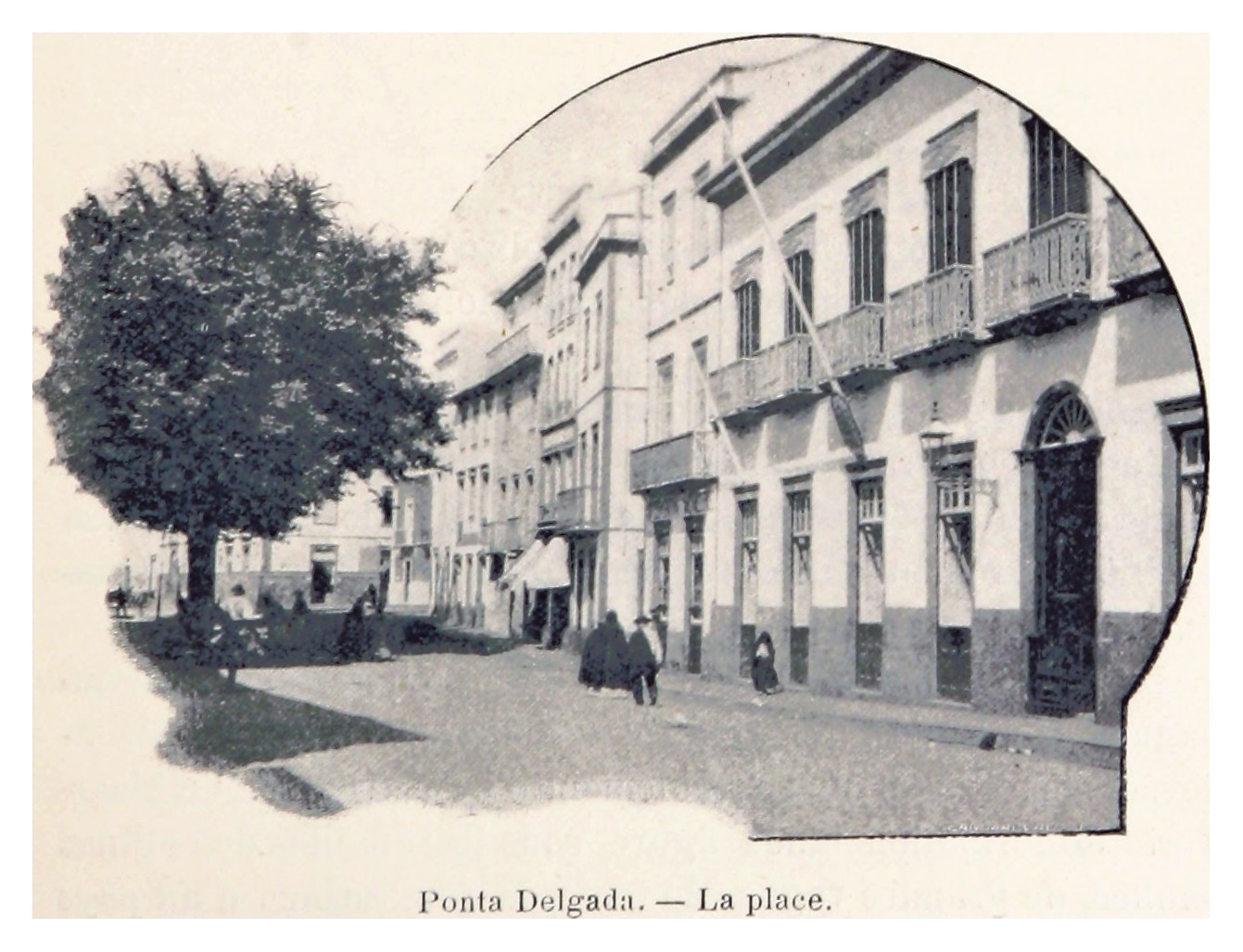|
USS Stockton (DD-646)
USS ''Stockton'' (DD-646), a , was the third ship of the United States Navy to be named for Commodore Robert F. Stockton. ''Stockton'' was laid down on 24 July 1942 at Kearny, New Jersey, by Federal Shipbuilding and Drydock Co. and launched on 11 November 1942 sponsored by Mrs. Horace K. Corbin. The ship was commissioned on 11 January 1943. Service history Atlantic service After shakedown, ''Stockton'' joined the Atlantic Fleet on 15 March 1943 and began escorting convoys between New York and North African ports. Between 28 May 1943 and 3 January 1944, she escorted four convoys. On her last convoy run, she escorted two oilers to Ponta Delgada, in the Azores, in company with — the first ships to enter the port under the terms of the new agreement between the Allies and the government of Portugal. On 24 January 1944, ''Stockton'' got underway for the South West Pacific theatre. Transfer to Pacific and Admiralties campaign On arrival, ''Stockton'' joined the ... [...More Info...] [...Related Items...] OR: [Wikipedia] [Google] [Baidu] |
USS Stockton (DD-646) Broadside View C1943
Three ships in the United States Navy have been named USS ''Stockton'' for Commodore Robert F. Stockton. * was a torpedo boat, commissioned in 1901 and decommissioned in 1913. * was a commissioned in 1917, served in World War I, decommissioned in 1922, and transferred to the Royal Navy as HMS ''Ludlow'' in 1940. * was a , commissioned in 1943, served in World War II, and decommissioned in 1946. Others: * The name ''Stockton'' was assigned to DD-504, but the contract was cancelled and replaced by a contract for ''Stockton'' (DD-646). {{DEFAULTSORT:Stockton United States Navy ship names ... [...More Info...] [...Related Items...] OR: [Wikipedia] [Google] [Baidu] |
Shakedown Cruise
Shakedown cruise is a nautical term in which the performance of a ship is tested. Generally, shakedown cruises are performed before a ship enters service or after major changes such as a crew change, repair or overhaul. The shakedown cruise simulates working conditions for the vessel, for various reasons. For most new ships, the major reasons are to familiarise a crew with a new vessel and to ensure all of the ship's systems are functional. Overview If the ship is the first of its class, it will likely also be performing its sea trials, a test of its performance. In this context, 'shakedown cruise' and 'sea trials' may be used interchangeably, though each has a slightly different meaning. In such a case, it is likely that the ship's systems will be pushed to redline, or maximum capacity, to demonstrate the class's speed and other important traits. Until bested by another ship of the same class, this shakedown performance will be the standard of the class's capabilities, a ... [...More Info...] [...Related Items...] OR: [Wikipedia] [Google] [Baidu] |
Seeadler Harbor
Seeadler Harbor, also known as Port Seeadler, is located on Manus Island, Admiralty Islands, Papua New Guinea and played an important role in World War II. In German, "Seeadler" means sea eagle, pointing to German colonial activity between 1884 and 1919 in that area. The bay was named in 1900 after the German cruiser SMS ''Seeadler''. History On 29 February 1944, General Douglas MacArthur led Operation Brewer to take the islands from the Japanese who had occupied them beginning in 1942. The islands were secured by the Americans on 19 March 1944, who then built a large base at Seeadler Harbor including wharves and an airbase, Manus Naval Base. This US Naval Advance Base served as a staging area for further World War II operations in New Guinea and the Philippines. exploded accidentally while moored in Seeadler Harbor on 10 November 1944. The ship was carrying ammunition and the tremendous explosion caused 432 fatalities, 371 wounded, damage to surrounding ships and base from de ... [...More Info...] [...Related Items...] OR: [Wikipedia] [Google] [Baidu] |
Admiralties
The Admiralty Islands are an archipelago group of 18 islands in the Bismarck Archipelago, to the north of New Guinea in the South Pacific Ocean. These are also sometimes called the Manus Islands, after the largest island. These rainforest-covered islands form part of Manus Province, the smallest and least-populous province of Papua New Guinea, in its Islands Region. The total area is . Many of the Admiralty Islands are atolls and uninhabited. Islands The larger islands in the center of the group are Manus Island and Los Negros Island. The other larger islands are Tong Island, Pak Island, Rambutyo Island, Lou Island, and Baluan Island to the east, Mbuke Island to the south and Bipi Island to the west of Manus Island. Other islands that have been noted as significant places in the history of Manus include Ndrova Island, Pitylu Island and Ponam Island. Geography The temperature of the Admiralty Islands varies little throughout the year, reaching daily highs of and at night. A ... [...More Info...] [...Related Items...] OR: [Wikipedia] [Google] [Baidu] |
Battle Of Los Negros
The Admiralty Islands campaign (Operation Brewer) was a series of battles in the New Guinea campaign of World War II in which the United States Army's 1st Cavalry Division took the Japanese-held Admiralty Islands. Acting on reports from airmen that there were no signs of enemy activity and the islands might have been evacuated, General Douglas MacArthur accelerated his timetable for capturing the Admiralties and ordered an immediate reconnaissance in force. The campaign began on 29 February 1944 when a force landed on Los Negros, the third-largest island in the group. By using a small, isolated beach where the Japanese had not anticipated an assault, the force achieved tactical surprise, but the islands proved to be far from unoccupied. A furious battle over the islands ensued. In the end, air superiority and command of the sea allowed the Allies to heavily reinforce their position on Los Negros. The 1st Cavalry Division could then overrun the islands. The campaign officia ... [...More Info...] [...Related Items...] OR: [Wikipedia] [Google] [Baidu] |
South West Pacific Theatre Of World War II
The South West Pacific theatre, during World War II, was a major theatre of the war between the Allies and the Axis. It included the Philippines, the Dutch East Indies (except for Sumatra), Borneo, Australia and its mandate Territory of New Guinea (including the Bismarck Archipelago) and the western part of the Solomon Islands. This area was defined by the Allied powers' South West Pacific Area (SWPA) command. In the South West Pacific theatre, Japanese forces fought primarily against the forces of the United States and Australia. New Zealand, the Netherlands (mainly the Dutch East Indies), the Philippines, United Kingdom, and other Allied nations also contributed forces. The South Pacific became a major theatre of the war following the Japanese attack on Pearl Harbor in December 1941. Initially, US war plans called for a counteroffensive across the Central Pacific, but this was disrupted by the loss of battleships at Pearl Harbor. During the First South Pacific Campai ... [...More Info...] [...Related Items...] OR: [Wikipedia] [Google] [Baidu] |
Naval Historical Center
The Naval History and Heritage Command, formerly the Naval Historical Center, is an Echelon II command responsible for the preservation, analysis, and dissemination of U.S. naval history and heritage located at the historic Washington Navy Yard. The NHHC is composed of 42 facilities in 13 geographic locations including the Navy Department Library, 10 museums and 1 heritage center, USS ''Constitution'' repair facility and detachment, and historic ship ex-USS ''Nautilus''. Command history The Naval History and Heritage Command traces its lineage to 1800, when President John Adams requested Benjamin Stoddert, the first Secretary of the Navy, prepare a catalog of professional books for use in the Secretary's office. When the British invaded Washington in 1814, this collection, containing the finest works on naval history from America and abroad, was rushed to safety outside the Federal City. After that, the library had many locations, including a specially designed space in the S ... [...More Info...] [...Related Items...] OR: [Wikipedia] [Google] [Baidu] |
Dictionary Of American Naval Fighting Ships
The ''Dictionary of American Naval Fighting Ships'' (''DANFS'') is the official reference work for the basic facts about ships used by the United States Navy. When the writing project was developed the parameters for this series were designed to cover only commissioned US Navy ships with assigned names. If the ship was not assigned a name it was not included in the histories written for the series. In addition to the ship entries, ''DANFS'' and the online links have been expanded to include appendices on small craft, histories of Confederate Navy ships, and various essays related to naval ships. Forewords and introductions Foreword and introduction passages for many editions were written by big names from naval command history from Arleigh Albert Burke to Elmo Russell Zumwalt, Jr. and others. Authors Publication data ''DANFS'' was published in print by the Naval Historical Center (NHC) as bound hardcover volumes, ordered by ship name, from Volume I (A–B) in 1959 ... [...More Info...] [...Related Items...] OR: [Wikipedia] [Google] [Baidu] |
Portugal
Portugal, officially the Portuguese Republic ( pt, República Portuguesa, links=yes ), is a country whose mainland is located on the Iberian Peninsula of Southwestern Europe, and whose territory also includes the Atlantic archipelagos of the Azores and Madeira. It features the westernmost point in continental Europe, and its Iberian portion is bordered to the west and south by the Atlantic Ocean and to the north and east by Spain, the sole country to have a land border with Portugal. Its two archipelagos form two autonomous regions with their own regional governments. Lisbon is the capital and largest city by population. Portugal is the oldest continuously existing nation state on the Iberian Peninsula and one of the oldest in Europe, its territory having been continuously settled, invaded and fought over since prehistoric times. It was inhabited by pre-Celtic and Celtic peoples who had contact with Phoenicians and Ancient Greek traders, it was ruled by the Ro ... [...More Info...] [...Related Items...] OR: [Wikipedia] [Google] [Baidu] |
Azores
) , motto =( en, "Rather die free than subjected in peace") , anthem= ( en, "Anthem of the Azores") , image_map=Locator_map_of_Azores_in_EU.svg , map_alt=Location of the Azores within the European Union , map_caption=Location of the Azores within the European Union , subdivision_type=Sovereign state , subdivision_name=Portugal , established_title=Settlement , established_date=1432 , established_title3=Autonomous status , established_date3=30 April 1976 , official_languages=Portuguese , demonym= ( en, Azorean) , capital_type= Capitals , capital = Ponta Delgada (executive) Angra do Heroísmo (judicial) Horta (legislative) , largest_city = Ponta Delgada , government_type=Autonomous Region , leader_title1=Representative of the Republic , leader_name1=Pedro Manuel dos Reis Alves Catarino , leader_title2= President of the Legislative Assembly , leader_name2= Luís Garcia , leader_title3= President of the Regional Government , leader_name3=José Manuel Bolieiro , le ... [...More Info...] [...Related Items...] OR: [Wikipedia] [Google] [Baidu] |
Ponta Delgada, São Miguel Island
Ponta Delgada (; ) is the largest municipality ('' concelho'') and economic capital of the Autonomous Region of the Azores in Portugal. It is located on São Miguel Island, the largest and most populous in the archipelago. As of 2021, it has 67,287 inhabitants, in an area of . There are 17,629 residents in the three central civil parishes that comprise the historical city: São Pedro, São Sebastião, and São José. Ponta Delgada became the region's administrative capital under the revised constitution of 1976; the judiciary and Catholic See remained in the historical capital of Angra do Heroísmo while the Legislative Assembly of the Azores was established in Horta. History The origin of the placename Ponta Delgada (Portuguese for ''delicate or thin point'') was elaborated by the famous Portuguese chronicler, Father Gaspar Frutuoso, who wrote: In around 1450, Pêro de Teive established a small fishing village that eventually grew into the urban agglomeration in San ... [...More Info...] [...Related Items...] OR: [Wikipedia] [Google] [Baidu] |
Oiler (ship)
A replenishment oiler or replenishment tanker is a naval auxiliary ship with fuel tanks and dry cargo holds which can supply both fuel and dry stores during underway replenishment (UNREP) at sea. Many countries have used replenishment oilers. The United States Navy's hull classification symbol for this type of ship was AOR. Replenishment oilers are slower and carry fewer dry stores than the U.S. Navy's modern fast combat support ships, which carry the classification AOE. History The development of the "oiler" paralleled the change from coal- to oil-fired boilers in warships. Prior to the adoption of oil fired machinery, navies could extend the range of their ships either by maintaining coaling stations or for warships to raft together with colliers and for coal to be manhandled aboard. Though arguments related to fuel security were made against such a change, the ease with which liquid fuel could be transferred led in part to its adoption by navies worldwide. One of the first ... [...More Info...] [...Related Items...] OR: [Wikipedia] [Google] [Baidu] |
_during_shakedown_cruise_1959.jpg)



_underway_off_Tulagi%2C_circa_7_August_1942.jpg)

_(cropped).jpg)

